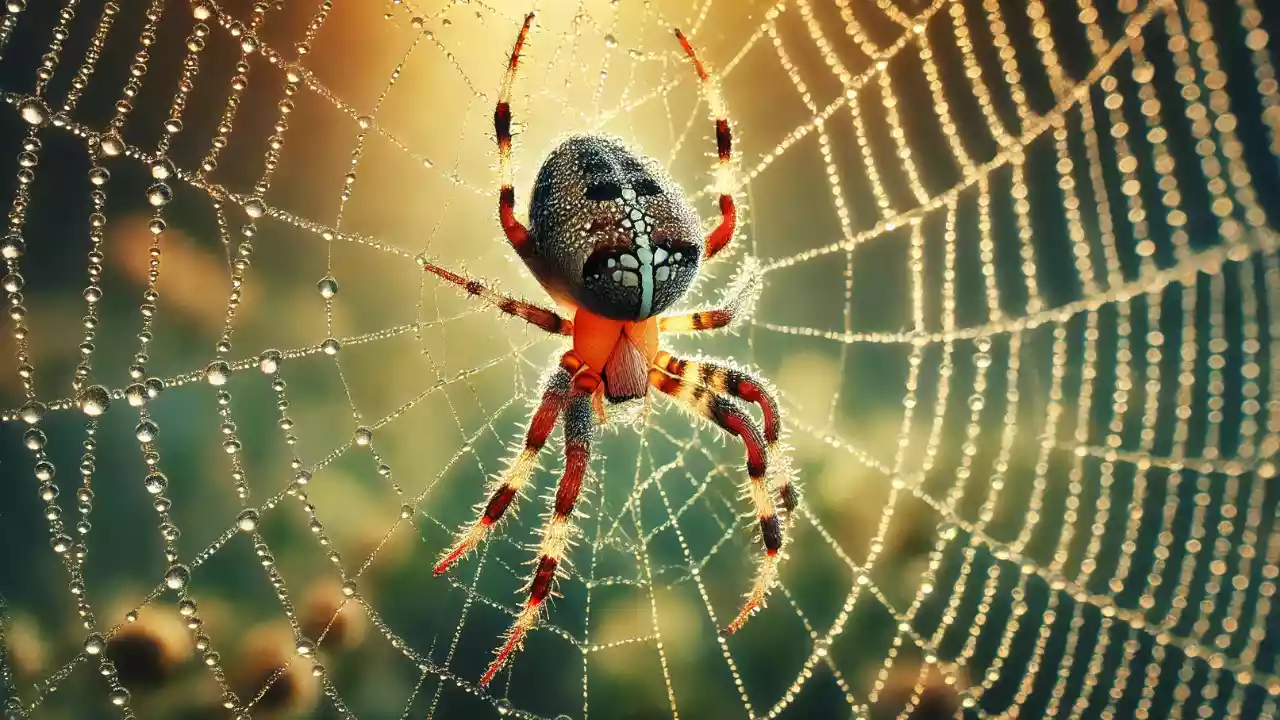Spiders are fascinating creatures known for their intricate webs and intriguing behaviors. These arachnids often inspire curiosity and sometimes fear, but did you know that groups of spiders have their own special names? These unique collective nouns add an extra layer of intrigue to these mysterious creatures. Let’s explore the different names used to describe groups of spiders.
Collective Noun for Spiders
| Collective Noun |
|---|
| Cluster |
| Clutter |
| Knot |
| Colony |
| Gossamer |
1. Cluster
Explanation: A cluster refers to a group of spiders that are gathered closely together. This term emphasizes the way spiders often congregate in tight spaces.
Examples:
- A cluster of spiders hid in the corner of the old shed.
- The biologist discovered a cluster of spiders under the fallen log.
- At night, a cluster of spiders spun their webs in the garden.
2. Clutter
Explanation: Clutter describes a group of spiders, often suggesting a somewhat messy or disorganized gathering.
Examples:
- The attic was home to a clutter of spiders weaving their webs.
- As she cleaned the garage, she found a clutter of spiders in the boxes.
- A clutter of spiders had taken over the abandoned birdhouse.
3. Knot
Explanation: A knot is a term for a group of spiders that suggests a tight, entangled gathering, much like their webs.
Examples:
- We found a knot of spiders nestled in the tree bark.
- The web glistened in the morning dew, revealing a knot of spiders.
- A knot of spiders was busy repairing their webs after the storm.
4. Colony
Explanation: A colony refers to a large, organized group of spiders living together, often in a communal setting.
Examples:
- The cave harbored a colony of spiders that worked together to catch prey.
- Scientists studied the behaviors of a colony of spiders in the rainforest.
- A colony of spiders can be both fascinating and eerie to observe.
5. Gossamer
Explanation: Gossamer describes a group of spiders, highlighting their delicate webs and the ethereal quality of their presence.
Examples:
- The morning light revealed a gossamer of spiders in the meadow.
- A gossamer of spiders spun intricate patterns across the garden fence.
- The artist captured the beauty of a gossamer of spiders in her painting.
Conclusion
Learning about the unique collective nouns for spiders enhances our understanding and appreciation of these remarkable creatures. Whether it’s a cluster, clutter, knot, colony, or gossamer, each term provides a unique glimpse into the lives and behaviors of spiders. Next time you encounter these intriguing arachnids, you’ll know exactly what to call them, enriching your experience and knowledge of the natural world.
